Red mite bacteria to control poultry pests
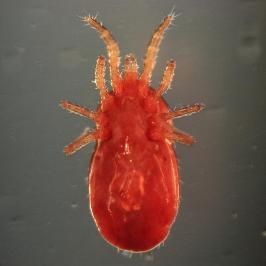
Bacteria living symbiotically inside the blood-sucking red poultry mites could be a new and effective target to prevent the spread of Salmonella and similar pathogens in poultry birds.
Losses of about €130 million each year are the economic consequences in the EU caused by the red poultry mite, which causes blood spotting on eggs, making them unfit for sale. In severe cases, infested birds can become badly anaemic and fall ill, or get infections caused by bacteria and viruses which can be passed on to humans.
“With the recent changes in regulations brought on by new threats like bird flu, coupled with a growing and widespread resistance to the chemicals we use to fight poultry mites, called acaricides, we urgently need to develop new approaches to combat these pests,” says Dr Olivier Sparagano* from Newcastle University, UK.
New control method
“If somehow we could develop a method to destabilise the symbiotic bacteria that we have discovered living inside the mites, therefore removing the beneficial effect, we could develop a new control method for the chicken red mite,” says Dr Sparagano.
Eliminate use of acaricide chemicals
If successful, the use of acaricide chemicals could be cut, which in turn would reduce the harmful effect they have on the environment and cut down cases of skin rashes and dermatitis in poultry workers. Some traces of acaricides have even been found in eggs intended for human consumption.
Red poultry mites are a direct threat to economically valuable birds, suspected of passing on diseases like Newcastle Disease. But they have also been shown to be part of a wider chain transmitting diseases to people and other animals such as the food poisoning bacteria Salmonellas.
*Dr Sparagano presented the poster ‘Endosymbionts of the chicken red mite (Dermanyssus gallinae)’ on 5 September 2007 in the Eukaryotic Microbiology Group session of the 161st Meeting of the Society for General Microbiology at the University of Edinburgh.
Related links:
 Beheer
Beheer

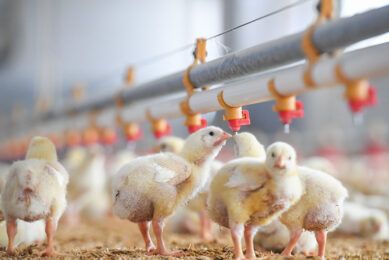
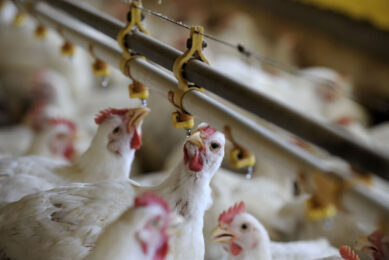
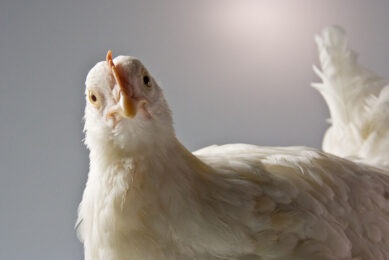
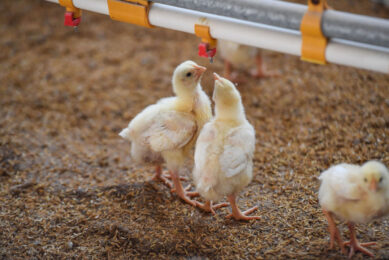



 WP Admin
WP Admin  Bewerk bericht
Bewerk bericht